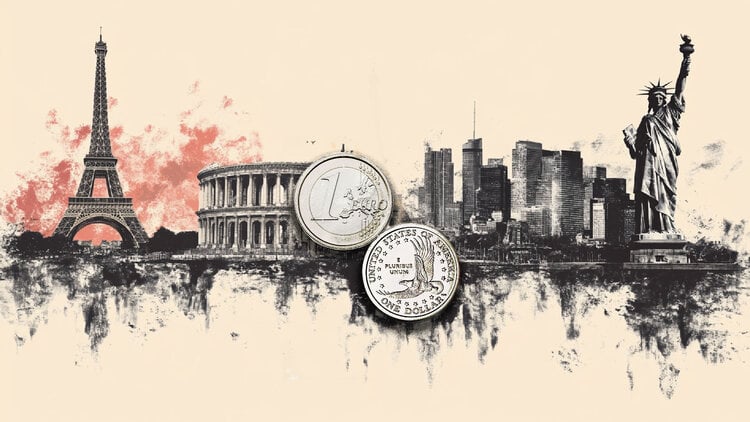LAST UPDATE: 17.25
Negative signs prevail on Wall Street after Jerome Powell’s speech at the Jackson Hole Economic Symposium, with the Federal Reserve chairman reiterating his commitment to contain inflation, warning that he expects the US central bank to continue to raises interest rates in a way that will cause “pressure” on the country’s economy.
In his much-anticipated annual speech on monetary policy in Jackson Hole, Wyoming, Powell confirmed that the Fed will “forcefully use its tools” to rein in inflation that is still near a 40-year high.
Investors were waiting for her Powell’s speech to glean new data on the path of monetary policy in the coming months. Analysts expected the Fed chairman to take an aggressive stance in his speech, confirming that the bank’s main goal is to bring inflation to its 2% target, regardless of the impact on the economy.
At the same time, investors weighed the decline in the personal consumption expenditure index – the Fed’s preferred gauge of inflation – which rekindled hopes that inflation had peaked and begun to slow, giving room to the US central bank to moderate its rate hikes.
Particularly, the price index for personal consumption expenditures fell 0.1% in July from the previous month, while the structural index – excluding energy and food – rose just 0.1%, according to data announced today by the US Commerce Department.
It is noted that in June from May, the index had jumped 1%, while on a structural basis it had strengthened by 0.6%. A slowdown is also recorded in the 12 months, with the annual index slowing to 6.3% in July from 6.8% the previous month and the structural index to 4.6% from 4.8%.
Indeed, shortly after the PCE data, position in favor of a milder increase in Fed interest rates took the member of the D.D. of and head of the Atlanta branch, Rafael Bostic. Swith his statements, R. Bostic said that “I’m leaning towards 50 basis points for September”, pointing out, however, that “there are still data that we expect to see before the September meeting”.
However, as R. Bostic pointed out, the structural index of personal spending (which increased by just 0.1% in August moving to 4.6% year-on-year), the economy appears to be responding to the Fed’s rate hike, with the same adding that “we have to be careful not to overreact.”
At other times of the day, the initial data announced in the US for the country’s commercial transactions showed a decline of 9.7% in the trade deficit in July to $89.1 billion from $98.6 billion the previous month.
Meanwhile, the yield on the 10-year government bond of the US strengthened by 3.5 basis points to 3.061%, while the 2-year remained stable at 3.36%.
Indicators – Statistics
On the board, the industrialist Dow records losses of around 1% at 32,980 units, the broadest S&P 500 the technologically weighted also loses 1.1% to 4,150 units Nasdaq falling by 1.2% to 12,475 units.
From the 30th shares of the industrial index, 8 move with a positive sign and 22 with a negative sign. The biggest gains are recorded by Chevron at +0.75% and Merck at +0.45%. At the bottom are Intel losing 0.78% and IBM at -0.56%.
Electronics Arts stock added more than 4% after reports that Amazon.com plans to announce a takeover bid for the video game maker. Gap posted a 2.9% gain after its sales beat Wall Street expectations.
Dell plunges 8% after earnings beat analysts’ estimates.
Source: Capital
I am Sophia william, author of World Stock Market. I have a degree in journalism from the University of Missouri and I have worked as a reporter for several news websites. I have a passion for writing and informing people about the latest news and events happening in the world. I strive to be accurate and unbiased in my reporting, and I hope to provide readers with valuable information that they can use to make informed decisions.







